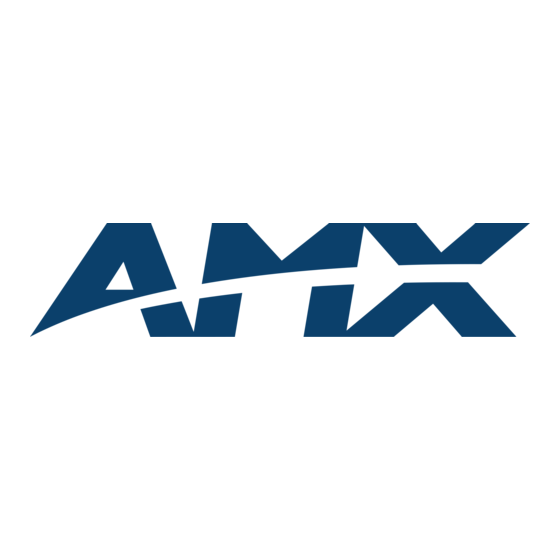
Table of Contents
Advertisement
Quick Links
Technical Support
Dual Stage Routing Systems
Overview
A Dual Stage Routing (DSR) System is an Extended Routing System (ERS) with more inputs than
outputs, consisting of two or more distribution matrices that are linked and configured together.
DSR Systems are created for installations that require a large number of inputs and a considerably
smaller number of outputs. A DSR System has one or more (up to 16) pre-stage routers and one final-
stage router. The number of inputs equals the total number of inputs used on all of the pre-stage routers,
plus any inputs on the final stage router that are not connected to the outputs from the pre-stage routers.
The number of outputs equals the number of outputs used on the final-stage router.
Additional input and output boards (besides the ones that are configured to route as the DSR System) can
be included on any of the routers in a DSR System; however, the additional boards on any individual
router must be configured on a separate virtual matrix and can only be used for routing inputs to outputs
on that router.
Important: The hardware and the distribution matrices used must support dual stage routing.
DSR System Setup – Example 1
The first DSR System setup example is for a 368x48 DSR System (see FIG. 1 on page 2) consisting of
the following three routers:
Dual Stage Routing Systems
256x48 Epica-256 – used as the first pre-stage router
112x48 Epica-128 – used as the second pre-stage router
96x48 Epica-128 – used as the final-stage router
Technical Support
1
Advertisement
Table of Contents

Subscribe to Our Youtube Channel
Summary of Contents for AMX DSR
-
Page 1: Technical Support
Important: The hardware and the distribution matrices used must support dual stage routing. DSR System Setup – Example 1 The first DSR System setup example is for a 368x48 DSR System (see FIG. 1 on page 2) consisting of the following three routers: 256x48 Epica-256 –... - Page 2 Technical Support DSR Systems have one or more pre-stage routers and one final-stage router. FIG. 1 shows the outputs from two pre-stage routers connected to the inputs on a final-stage router for a 368x48 DSR System. FIG. 1 also shows the control link connections.
- Page 3 DSR System Setup – Example 2 The second DSR system setup example is for a 448x64 DSR System (see FIG. 2), which only has one pre-stage router. The outputs from the pre-stage router are connected to the inputs on the final-stage router.
-
Page 4: Installation Procedure
Linking Enclosures All of the enclosures in a DSR System must be linked together for control. As long as all of their communication ports are linked, the order they are linked is not important. For example, the pre-stage routers can be linked from one to another, and then the last one can be linked to the final-stage router (see FIG. - Page 5 Technical Support System Configuration If the enclosures were ordered as a DSR System, the configuration file stored in the system is ready for dual stage routing. If you are creating a DSR System with existing equipment, the hardware must support dual stage routing (to verify, contact technical support;...
- Page 6 Note: From the Edit menu, under Advanced Parameters, select Nest Meta_VM Constituents in Tree View to display all of the VMs in the DSR System. The default is “off” (do not display) because the VMs that make up the DSR System are not accessible for control purposes.















Need help?
Do you have a question about the DSR and is the answer not in the manual?
Questions and answers